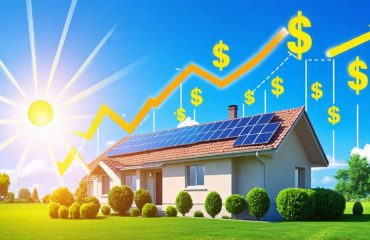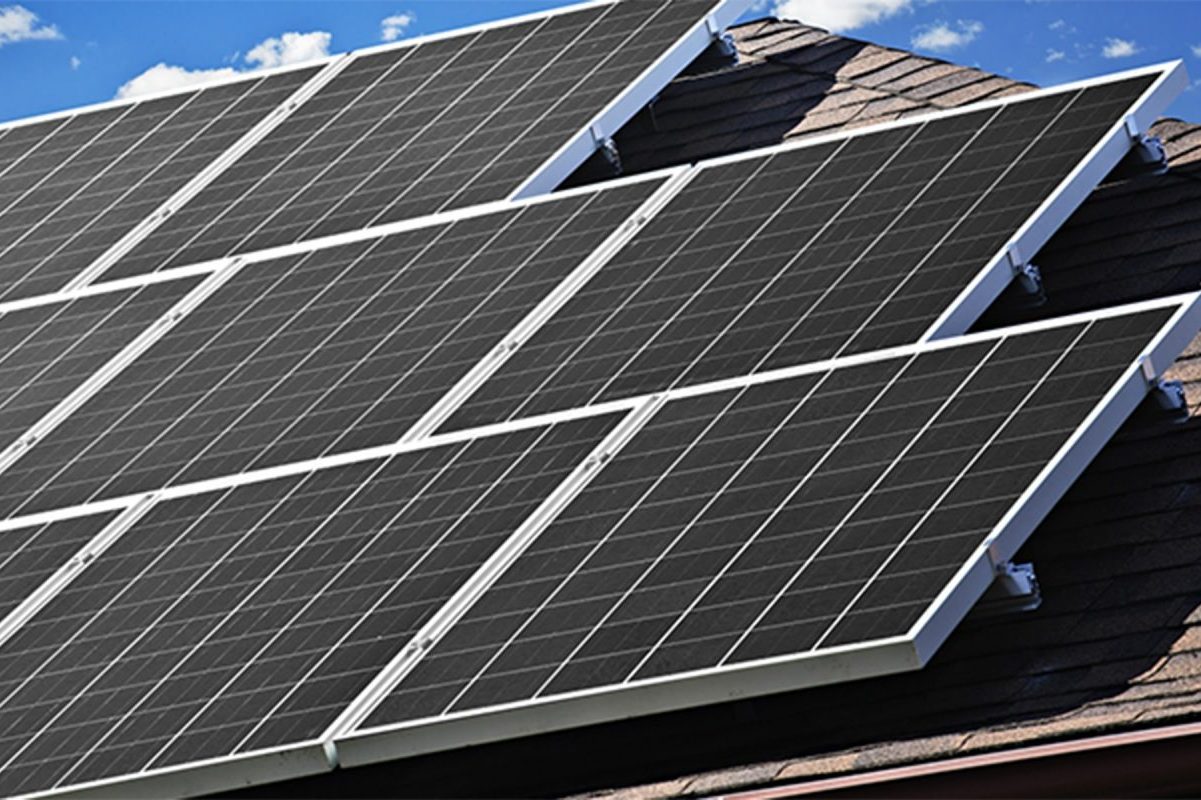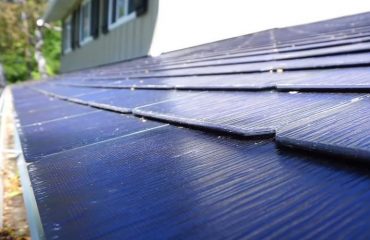Solar panels are built to withstand extreme weather conditions, but hailstorms can pose a significant threat. While modern solar panel designs incorporate durable materials and robust construction techniques, the impact of hailstones—especially those exceeding one inch in diameter—can potentially crack or shatter the panels’ protective glass layer. This damage not only reduces energy production but also exposes the underlying photovoltaic cells to moisture and debris, leading to further deterioration and safety hazards. As climate change increases the frequency and severity of hailstorms in many regions, solar panel owners must be proactive in assessing their risk level and implementing protective measures. From choosing impact-resistant panels to installing physical barriers and securing adequate insurance coverage, taking steps to safeguard your solar investment is crucial for long-term performance and peace of mind in the face of nature’s unpredictable fury.
Understanding Hail Damage to Solar Panels
Common Types of Hail Damage
Solar panels can suffer various types of damage from hailstorms, depending on the size and velocity of the hailstones. Cracked glass is one of the most common issues, as the impact can cause the protective glass layer to shatter or develop hairline fractures. This damage may not immediately affect the panel’s performance but can worsen over time, leading to reduced energy output and potential safety hazards. Hailstones can also break the solar cells beneath the glass, causing permanent damage and rendering the affected cells non-functional. In severe cases, the force of the hailstones may even bend or dent the metal frames surrounding the panels, compromising their structural integrity and making them more susceptible to future damage. While modern solar panels are designed to withstand most weather conditions, including hail, the extent of the damage ultimately depends on the severity of the storm and the quality of the panel materials.

Impact on Solar Panel Performance
Hail damage can significantly impact the performance of solar panels, reducing their efficiency and energy output. Even minor cracks or chips caused by hailstones can disrupt the flow of electrons within the panel, leading to decreased power generation. More severe damage, such as shattered or missing cells, can render entire sections of the panel useless. Over time, the cumulative effect of hail damage can substantially diminish the overall productivity of a solar array, resulting in lower energy savings and a longer payback period for the investment. However, by taking proactive measures to protect panels and promptly addressing any damage, homeowners can minimize the long-term impact of hailstorms on their solar system’s performance.
Protecting Your Solar Panels from Hail

Choosing Hail-Resistant Solar Panels
When choosing solar panels for your home, it’s crucial to consider their hail resistance. Look for panels with high hail ratings that have undergone rigorous testing to ensure they can withstand severe weather conditions. Panels made from durable materials like tempered glass and strong frames are more likely to survive hailstorms with minimal damage. While these panels may come at a slightly higher cost, investing in hail-resistant solar panels can save you money in the long run by reducing the need for repairs or replacements after a storm. When shopping for solar panels, be sure to ask about their hail resistance ratings and durability features to make an informed decision that will protect your investment in clean energy for years to come.
Installing Physical Protection
Installing physical protection for your solar panels is a proactive way to shield them from hail damage. Hail guards, made of durable materials like polycarbonate or metal, can be installed above the panels to absorb impacts and prevent cracks or breaks. These guards are designed to withstand severe weather conditions while still allowing sunlight to reach the panels for optimal energy production. Another option is to install mesh screens or shutters that can be quickly deployed when a hailstorm is approaching. These barriers create a physical shield between the hailstones and the panels, minimizing the risk of damage. While these protective measures may require an upfront investment, they can save you significant costs in the long run by extending the lifespan of your solar panels and avoiding expensive repairs or replacements after a hailstorm. When choosing a protection system, consider factors such as the size and location of your panels, the typical severity of hailstorms in your area, and the ease of installation and deployment. Consulting with a professional solar installer can help you determine the best solution for your specific needs and budget.
What to Do After a Hailstorm
If your solar panels have been hit by hail, the first step is to assess the damage. Visually inspect the panels for any cracks, chips, or shattered glass. Take photos to document the extent of the damage for insurance purposes. Even if the panels appear intact, it’s crucial to have them professionally evaluated to ensure their performance hasn’t been compromised.
Next, contact your solar panel installer or manufacturer. They can provide guidance on the warranty coverage and help determine if repairs or replacements are necessary. Many high-quality solar panels come with robust warranties that cover hail damage, so contacting your installer is essential to protect your investment.
If your solar panels are insured, reach out to your insurance company to file a claim. Provide them with the documentation of the damage and any reports from your installer. Your insurance policy may cover the cost of repairs or replacement, depending on the terms of your coverage.
Once you have clearance from your installer and insurance, proceed with making repairs or replacements as needed. Your installer can handle the process of ordering new panels, if necessary, and ensuring they are properly installed to restore your system’s performance.
Throughout the process, maintain open communication with your installer and insurance company. Keep detailed records of all correspondence and repairs for future reference. By taking swift action and leveraging your warranty and insurance coverage, you can minimize the impact of hail damage on your solar energy system and get back to enjoying the benefits of clean, renewable power.
Conclusion
In conclusion, hail storms can pose a significant threat to solar panels, but homeowners can take proactive steps to minimize the risk of damage. By investing in high-quality, durable panels, installing protective measures like hail guards or netting, and regularly inspecting and maintaining the system, you can help ensure your solar investment remains safe and effective for years to come. Remember, even if your panels do suffer hail damage, most insurance policies and warranties provide coverage for repairs or replacement. By staying informed and prepared, you can enjoy the many benefits of solar energy with peace of mind, knowing your system is well-protected against the forces of nature.









